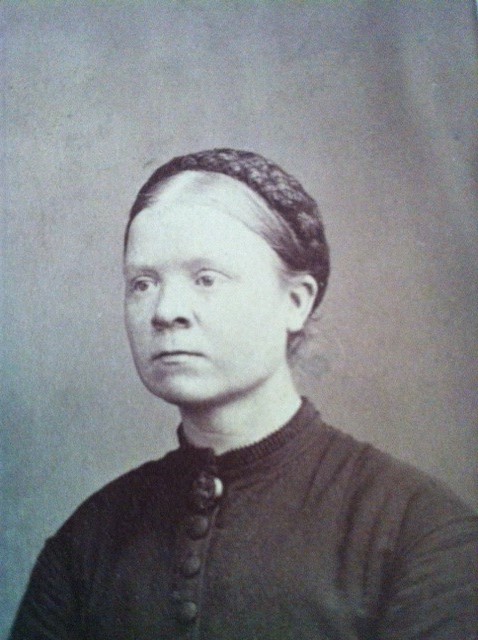
1839 - 1876
Sofie Johannesdotter
Summary
Name:
Years Active:
1869 - 1874Birth:
August 24, 1839Status:
DeceasedClass:
Serial KillerVictims:
3+Method:
PoisoningDeath:
February 22, 1876Nationality:
Norway
1839 - 1876
Sofie Johannesdotter
Summary: Serial Killer
Name:
Sofie JohannesdotterStatus:
DeceasedVictims:
3+Method:
PoisoningNationality:
NorwayBirth:
August 24, 1839Death:
February 22, 1876Years Active:
1869 - 1874Date Convicted:
July 19, 1875bio
Sofie Johannesdotter was born on 24 August 1839 in Ärtemark, a small village in Sweden. She was born into a poor family of uneducated peasants. Sofie was one of six children, but two of her siblings died in infancy. Her early life was difficult, and she faced hardship growing up in the countryside. Her family struggled financially, and she was reportedly abused by her parents.
Sofie was illiterate during her childhood and did not gain the ability to read and write until she attended school at the age of 15. She found it hard to learn these skills. In 1867, seeking a better life, she left Sweden and moved to Norway. She settled in a town called Fredrikshald. There, she initially found work at a cotton mill.
In 1868, Sofie began working as a maid for Niels Anker Stang, a local merchant who was 70 years old at the time.
murder story
Sofie Johannesdotter worked as a maid for the Stang family in Fredrikshald. After joining the household, she quickly gained a reputation for being quarrelsome. This led some of the other servants to leave their positions. Sofie often stole items when she was alone in the house.
On October 16, 1869, a maid named Maren Johannesdatter died under suspicious circumstances. Initially, her death was attributed to cholera. However, it was later determined that she had been poisoned with arsenic trioxide. Sofie had received the poison as a gift and secretly added it to Maren's tea. The motivation behind this act remains unclear, but it is believed that an argument between the two may have led to the murder, especially since Maren had recently resigned to get married.
On October 12, 1872, Catharina Elisabeth Foyn Wiel, the wife of Niels Stang, became ill and passed away four days later. It was later found that she had also been poisoned with arsenic. This incident occurred after she attempted to have Sofie fired, but her husband intervened. Other maids reported that Sofie had expressed thoughts about wanting Mrs. Stang harmed.
On October 10, 1874, Niels Stang discovered Sofie's thefts and decided to fire her. In response, Sofie poisoned him with arsenic added to his barley soup. He died the same evening.
On January 17, 1875, Sofie tried to poison 16-year-old Mathilde Wiel, a relative of the deceased Mrs. Stang. Mathilde survived the attempt, but she suffered permanent damage from the poisoning. Sofie was caring for Mathilde while she was ill with the flu but became impatient and wanted to eliminate her.
On February 10, 1875, Sofie set fire to the Stang household. Although the house was destroyed, no one was hurt in the fire.
Following the fire, rumors began to circulate that Sofie was responsible. On March 23, 1875, authorities exhumed the bodies of Mr. and Mrs. Stang for an autopsy. The autopsy revealed high levels of arsenic in both bodies. Sofie became the prime suspect when investigators found letters where she asked her sister in Sweden for arsenic to treat a skin condition. The next day, Sofie was apprehended. When confronted with the evidence, she confessed to murdering both Stangs.
After her arrest, Sofie also admitted to killing Maren Johannesdatter and attempting to poison Mathilde Wiel. She confessed to several acts of arson and stealing from her employer. Authorities looked into other deaths connected to her but could not prove her guilt.
On July 19, 1875, Sofie was found guilty of multiple murders and sentenced to death. Her sentence was upheld by the Supreme Court and approved by King Oscar II. While imprisoned, she became religious and was visited by a priest.
Sofie Johannesdotter was executed by beheading on February 18, 1876. Before her execution, she read a hymn and expressed a desire to go home to Jesus.